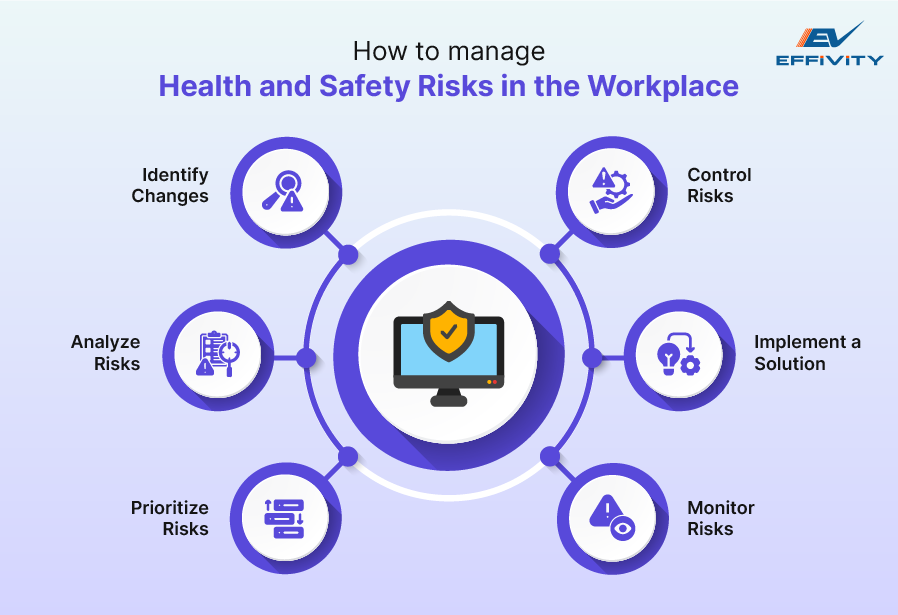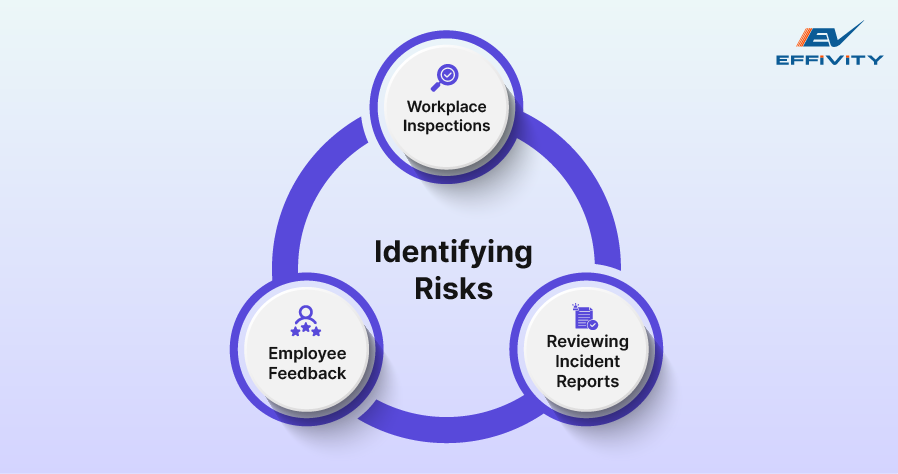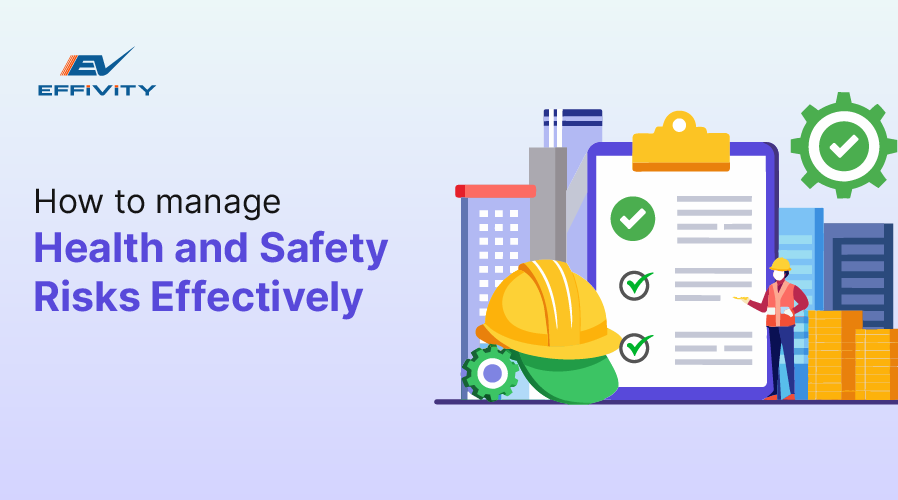An efficient workplace starts with a safe workplace prioritizing employee health and well-being. Managing employee safety and health risks has to be a high priority for every organization, even those who operate in a low-risk environment such as offices.
Risk management is integral to business operations as it not only helps create a safe environment where employees can do their jobs safely but also ensures compliance with various legislative requirements. Health and safety risks within a workplace must be managed effectively by eliminating or minimizing them through health and safety management software.
Let's understand the importance of workplace safety and how to control hazards and risks in the workplace and create a safer work environment.
Importance of Workplace Safety
To achieve long-term viability and success, or in other words, to become sustainable, organizations need to balance the three-way bottom line of profit, people, and planet. An important aspect is protecting the health, safety, and welfare of their most critical resource – employees.
Sustainability is not just about what you do but also how you do it. This mindset requires leadership only to adopt the best practices that encourage workplace health and safety to achieve goals beyond what regulatory compliance requires.
Organizations of all sizes worldwide have embraced this mindset as a way to measure impacts and outcomes, highlight their values and boost their competitive advantage. Incorporating a health and safety culture within the organization offers an opportunity to protect workers better and establish a truly sustainable organization.
How to Manage Health and Safety Risks in the Workplace
Managing health and safety risks in your organization requires you to adopt a systematic approach to hazard control, risk identification, risk analysis, risk prioritization, solution implementation, and risk monitoring to create a safer work environment.
Here are the various steps you need to follow to ensure a healthy workplace-

1. Identify Risks
Risk identification is a proactive step in managing workplace safety. This process involves recognizing potential hazards arising from the physical work environment, work tasks and how they are performed, work equipment, machinery, material, and work management.
Here's how to effectively identify risks:

- Workplace Inspections: Regular inspections help identify hazards that may not be immediately obvious. These inspections should be thorough and systematic, covering all workplace areas.
- Employee Feedback: Employees are often a top source of information about potential hazards. Encouraging open communication and feedback can reveal hidden risks.
- Reviewing Incident Reports: Analyzing past accidents and near-misses can provide insights into recurring hazards and areas needing attention.
2. Analyze Risks
Once risks are identified, analysing them is crucial to determine their potential impact and likelihood. Risk analysis helps prioritize which risks need immediate attention. This involves using tools like a risk assessment matrix to evaluate the severity of harm and the likelihood of occurrence. It helps categorize risks into high, medium, or low categories.
Alternatively, a quantitative analysis involving statistical methods and historical data can help in risk management by predicting future occurrences.
3. Prioritize Risks
Not all risks pose the same threat level, so prioritizing them ensures that the most critical risks are addressed first. Start by assessing the potential severity of the risk and its likelihood to determine which ones should be the priority. For instance, risks that are both high in severity and likelihood should be prioritized.
Afterwards, this will allow the top management to allocate appropriate resources effectively to risks that pose the greatest threat to safety. This ensures that time and money are spent where they can have the most impact.
4. Control Risks
Once you have prioritized risks effectively, controlling them sets the foundation for workplace safety. Risk or hazard control involves eliminating or minimizing risks to an acceptable level. This can include-
- Elimination: The most effective control measure involves removing the hazard entirely. For example, replacing a dangerous chemical with a non-hazardous one.
- Substitution: If elimination is not feasible, substituting the risky element with a less hazardous one is the next best option.
- Engineering Controls: These controls include physical control measures such as installing ventilation systems, machine guards, or trolleys to lift heavy loads.
- Administrative Controls: These involve changing how people work, including implementing new policies or procedures, training, and scheduling to minimize exposure to hazards.
5. Implement a Solution
Controlling risks involves implementing effective solutions – whether you want to eliminate risks or minimize them. This can include creating detailed plans for implementing controls, including timelines, responsibilities, and necessary resources.
Another aspect of managing risks is ensuring all employees know about the new safety measures and understand their roles in implementing these controls. You can achieve this by offering comprehensive training to employees on new procedures and emergency protocols.
Moreover, it is also a good idea to implement occupational health and safety management system software that will manage the requirements of ISO 18001:2017 standard. Reliable software like Effivity makes it easy for organizations to define processes to identify, manage, and control risks and meet compliance needs.
6. Monitor Risks
For every organization, risk management is an ongoing process. Continuous monitoring ensures that controls remain effective and new risks are identified promptly.
To monitor risks, conduct regular safety audits to evaluate the effectiveness the controls implemented and identify any new hazards. In addition, keeping a detailed record of incidents and near-misses will help identify trends and areas for improvement.
In Conclusion
Prioritizing workplace safety is not just a statutory requirement but a moral obligation for businesses. By adopting a structured approach to managing health and safety through risk identification and analysis, risk prioritization, control, and continuous monitoring, organizations can reduce the likelihood of accidents and injuries. This proactive approach not only safeguards employees but also fosters a culture of safety.
If you want to comply with the requirements of ISO 14001, ISO 9001, ISO 18001, and more, implementing Effivity's integrated management system software will allow you to manage it all in one place.
With a integrated management system software, you can manage documentation, control risks, and simplify audits for various management systems, including OHSAS. Rather than trying to manage different systems as an add-on to the organization, Effivity allows you to integrate various processes into your organization to ensure sustainability and compliance.






























